Tips on picture books and having a picture-perfect career
Book illustration isn't always as simple as editorial work. Publishing deals need to be scrutinised, middle parties may be needed to introduce your talents, and a project takes far, far longer than a standard editorial spot.
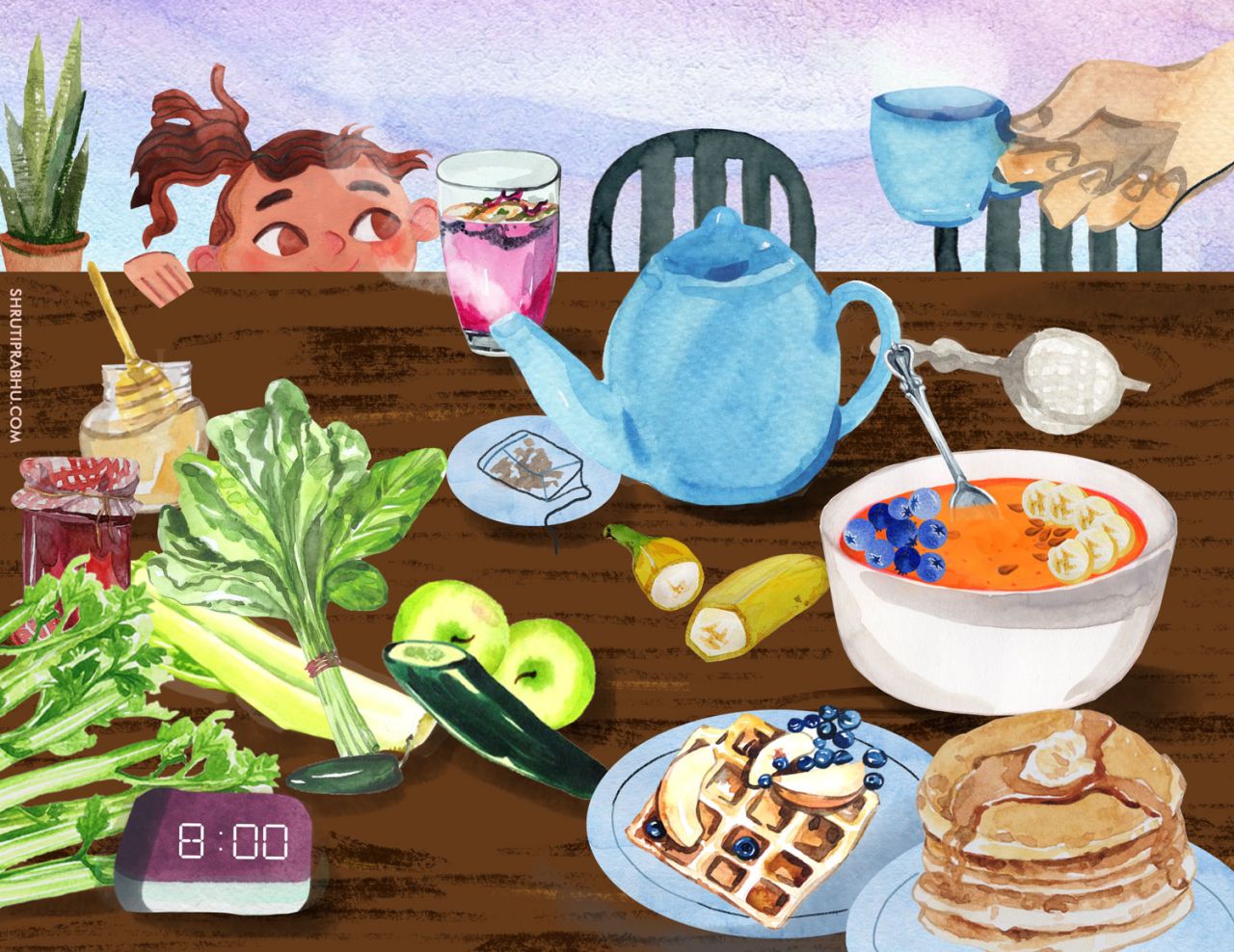
Shruti Prabhu
These are things to bear in mind if you're looking to leap into the picture-book world of book illustration. To help you out, we've sought advice from some of our fave illustrators around, including Emma Reynolds, Shruti Prabhu, and Harry Woodgate. All of them started in different fields before breaking into books, and all are both experienced and up-to-date in the evolving world that is picture book publishing.
Get a picture-perfect portfolio
"When I realised I wanted to work in the picture book market, I slowly started to retire my other illustration pieces and developed more work in the direction that I wanted to be hired in," says Shruti Prabhu, who has illustrated kids' books for Dana Hall and Lauren Eastman. "You cannot get hired for a children's picture book if your portfolio only has illustrations for other arenas like advertising or packaging, or if it's more suitable for an older audience."
"Picture books have an entirely different language to other areas of illustration, so spending the time developing a portfolio that is specifically tailored to children's publishing is an excellent idea," agrees Harry Woodgate, the visual talent behind books by Isabel Otter and Iona Tulloch. "Sometimes, the visual language and identity you've developed for other sectors simply won't translate."
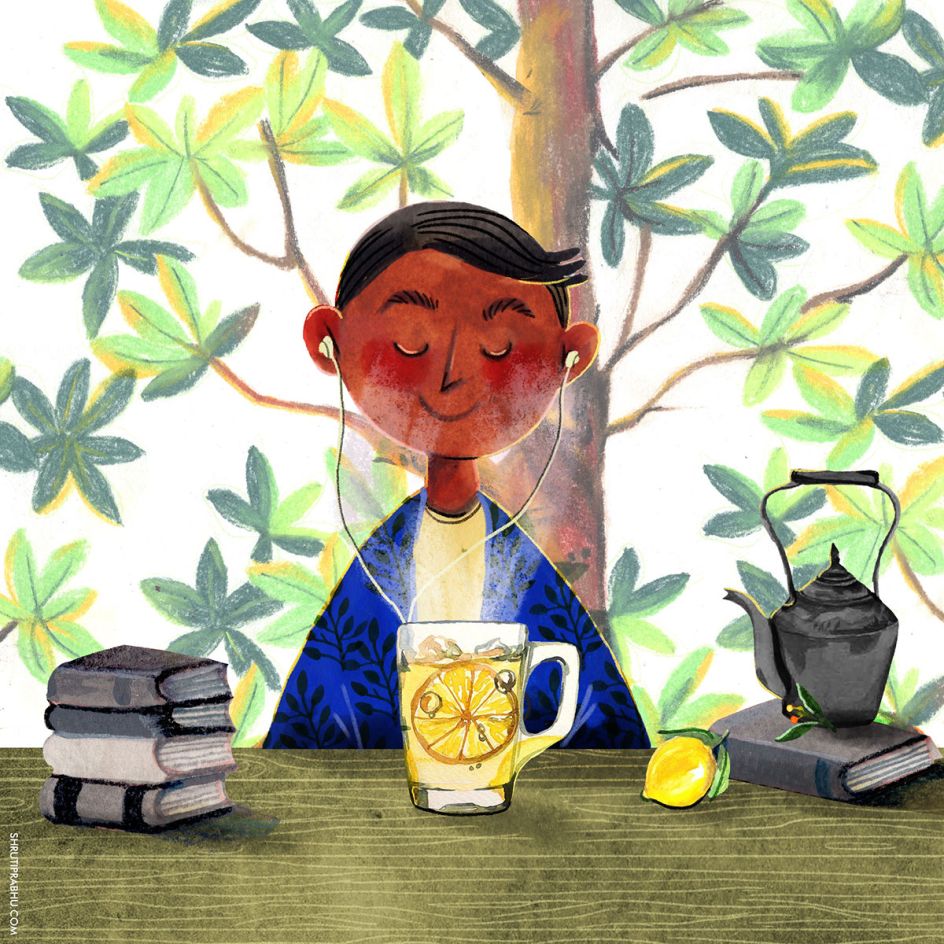
Shruti Prabhu
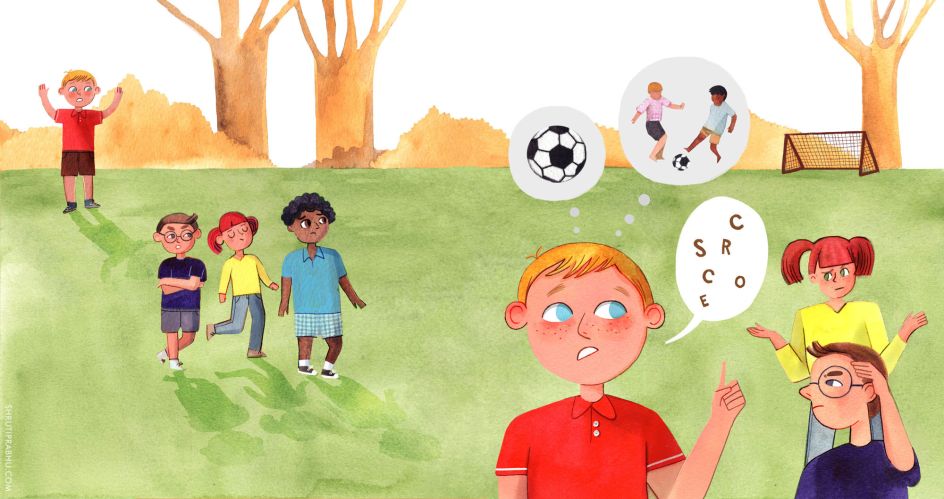
Shruti Prabhu
"Something else that you need to remember is that you will be judged by your weakest work," add Shruti. "Make sure you focus on quality over quantity. Don't put something that you don't want to get hired for or don't like working on."
Pick your subjects wisely
So you're ready to start on a new portfolio for your new career. But what should it include? And, for that matter, not include?
"A good picture book portfolio should have children and adults of different age groups and ethnicities, animals, backgrounds and subjects that are laid out into double-spreads and spot illustrations," advises Shruti.
"When advising other people what to put in their children's book portfolio," says Manchester picture book talent Emma Reynolds, "I say make an interior scene with a character doing an activity (e.g. a children's bedroom and the child is reading/playing, or a kitchen scene and they are baking), plus two exterior scenes with a character showing a contrast (e.g. a snow scene and a beach scene, or day and night)."
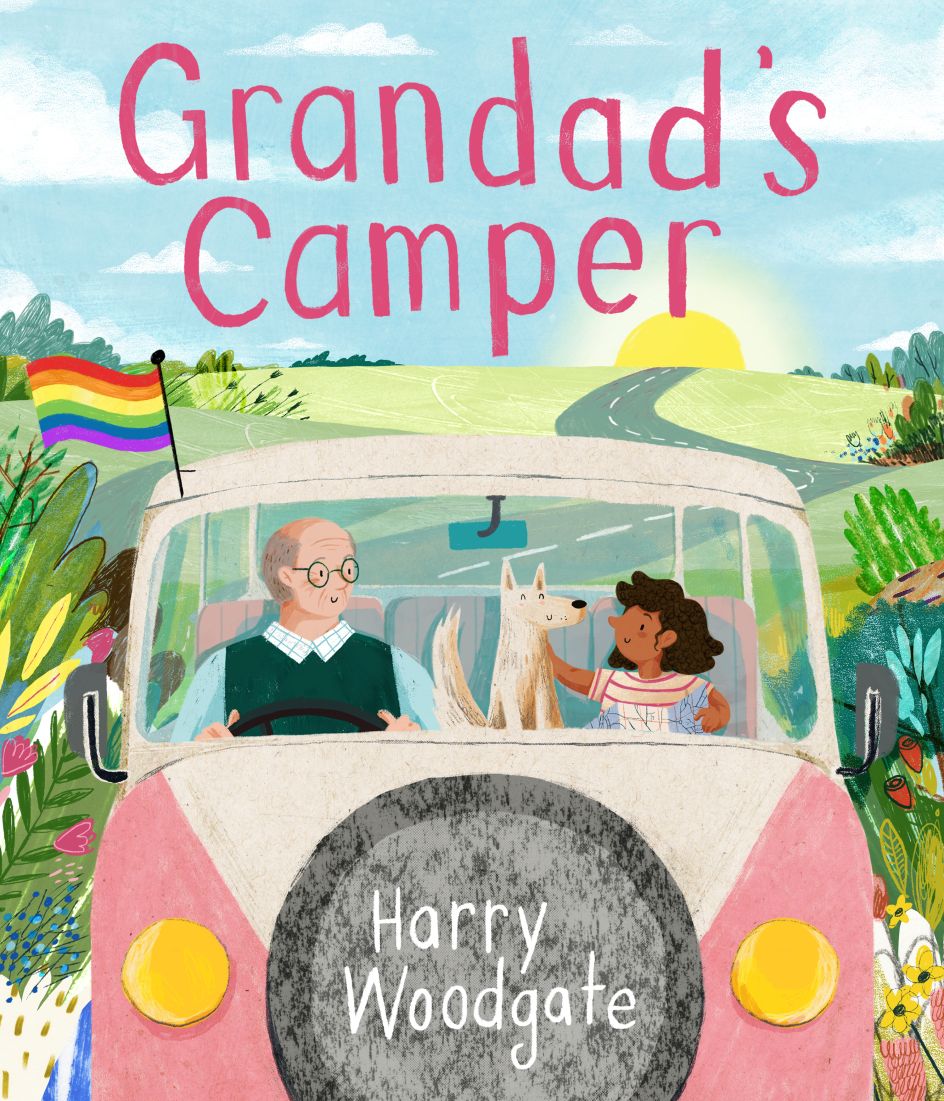
Harry Woodgate
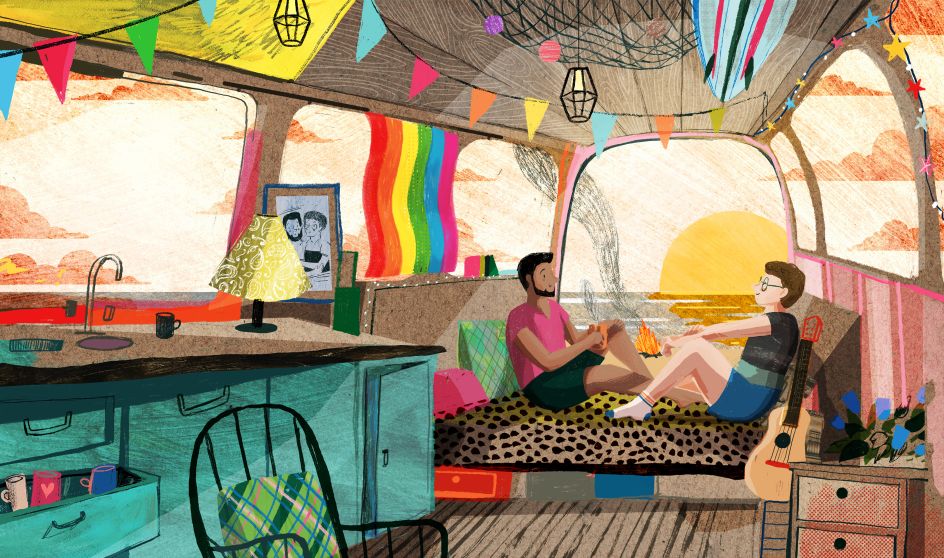
Harry Woodgate
"Also compose a character sheet showing the same character doing 10 different expressions and actions such as happy, grumpy, worried, etc. It's important to show character consistency. And finally, you'll need a 'dummy book'."
"This is a fully sketched out 32-page book with finished illustrations of the front cover and two or three interiors. You can use a story you've written if you're a writer as well as an artist, or you can use a copyright-free story or fairytale and interpret it uniquely."
A reminder that if you fancy yourself as an author-illustrator, then your dummy book or books can be ways to test your own material with publishers. Emma Reynolds is putting out her debut as author-illustrator in summer 2021, Amara and the Bats (cover below).
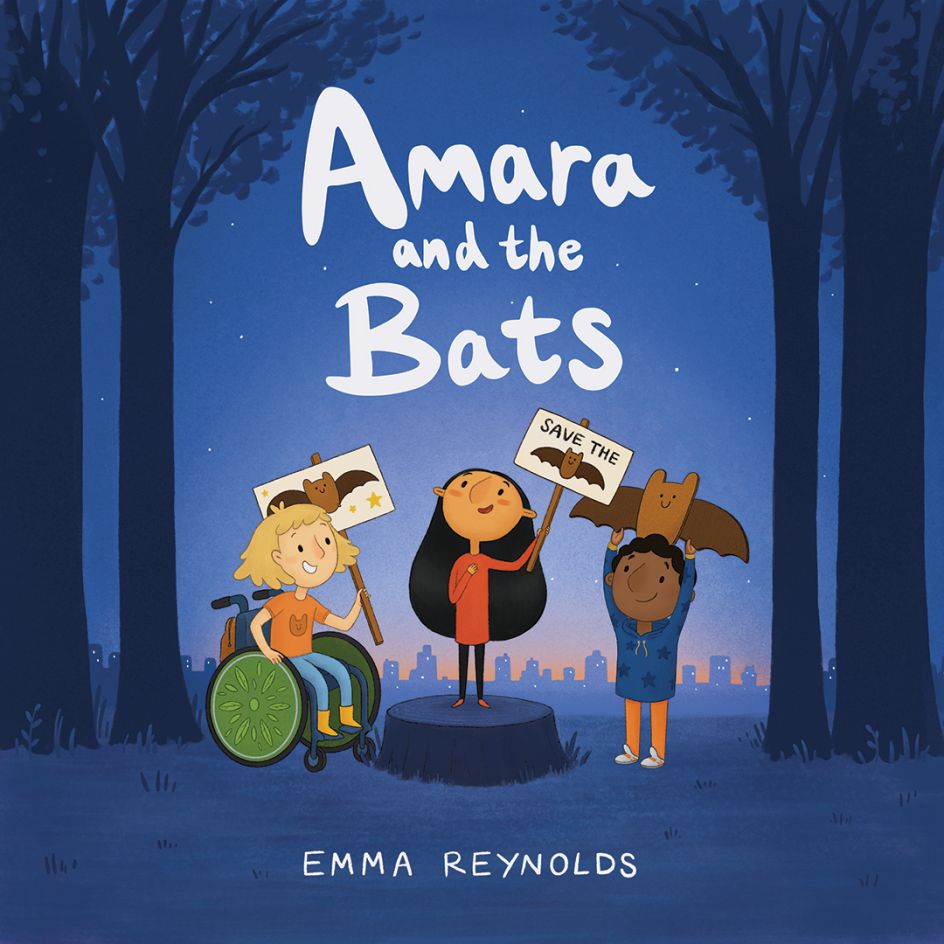
Emma Reynolds
Don't be ashamed to keep up the day job
"My top tip would be to transition slowly into this new career alongside steady work," continues Emma. "Something to be aware of is publishing is VERY slow compared to say, animation or editorial. Even if you've signed a book deal, it can take six months sometimes to begin work on it, and you'll typically be waiting about three weeks between each round of feedback. So, until you're actually working on your finished art for your book finals, you'll need another source of income coming in."
Harry agrees the day job of your usual creative work is essential in keeping you going as you build up your career.
"I think the biggest thing I've found is that making picture books often requires a lot of unpaid labour before you reach the stage of getting a publishing contract, so having another source of income which is either salaried or at least more regular (editorial illustration, for instance) can really help smooth out some of the inconsistencies in getting paid," they tell us.
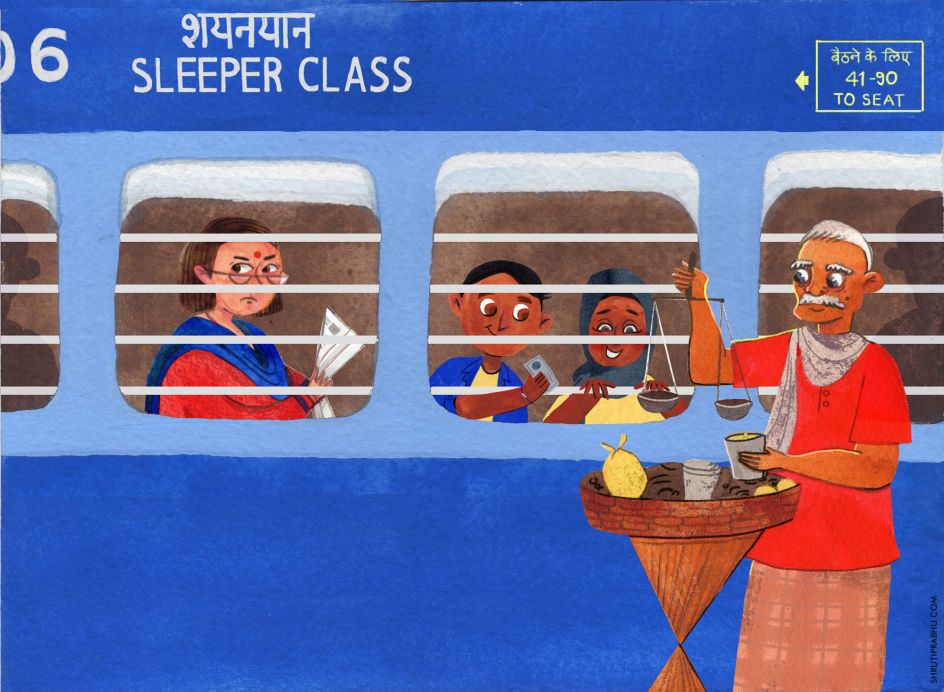
Shruti Prabhu
"Having another income stream can also be nice because always working at a fast pace like editorial can get exhausting, and likewise only ever working on long-term projects like children's books can become tedious, so having a mix of both can make everything more enjoyable."
Finding an agent will add agency
Once you have a shiny new portfolio, it's time to start promoting yourself and look for a literary agent to represent you, according to Emma.
"Get yourself a proper website and lay it out simply, and post your artwork to social media, stating that you're looking to get into children's books or are 'seeking representation'. Then people will know you're looking! This is different from putting 'aspiring artist' in your bio, which is best avoided as it sounds like a dream that you don't feel fully confident manifesting. Start calling yourself a 'children's illustrator' and keep making and sharing new work."
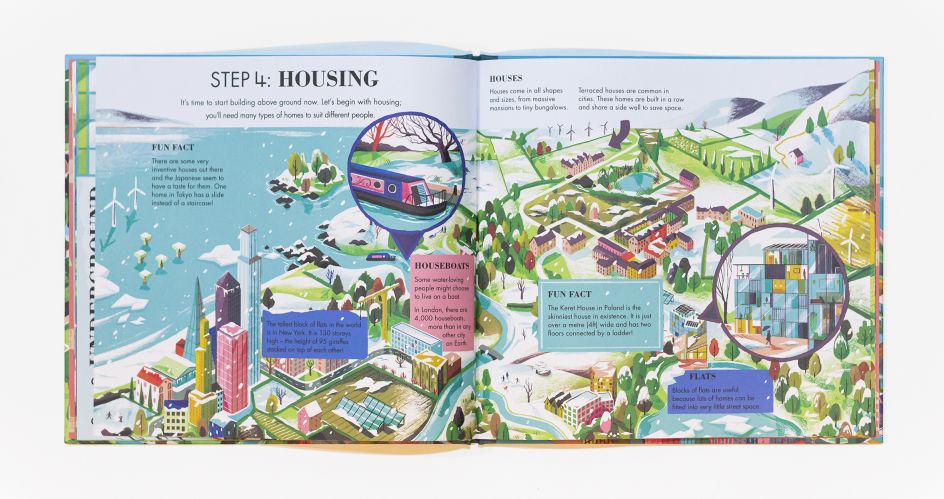
Shruti Prabhu
"Once I had my portfolio and dummy book ready, I started to approach literary agents who specialise in children's books publishing. Most will typically allow you to have a separate illustration agent if you wish, for your regular editorial/advertising work. They specialise in the book industry and negotiate the best terms for your advance payments, royalties and rights. They are experts in their field, and I love my agent Thao Le!"
"Usually a literary agent will take between 15–25% commission," Harry reveals, "and they'll help you develop and edit your work, submit your books to publishers, and negotiate the complicated details of publishing contracts so that the terms and payment are in your best interests."
Consider contracts upfront
You may have an agent who can help land you a deal, but don't forget to look over your contracts as you would with any other illustration work. The most important thing to do, according to Shruti, is to define the scope of the work.
"Anything outside this scope should be charged separately, either by an hourly rate or per item," she says. "Add several revisions to the contract as well as a cancellation clause. If you are working internationally, keep in mind that the exchange rate will vary and charge accordingly to avoid any mishaps."
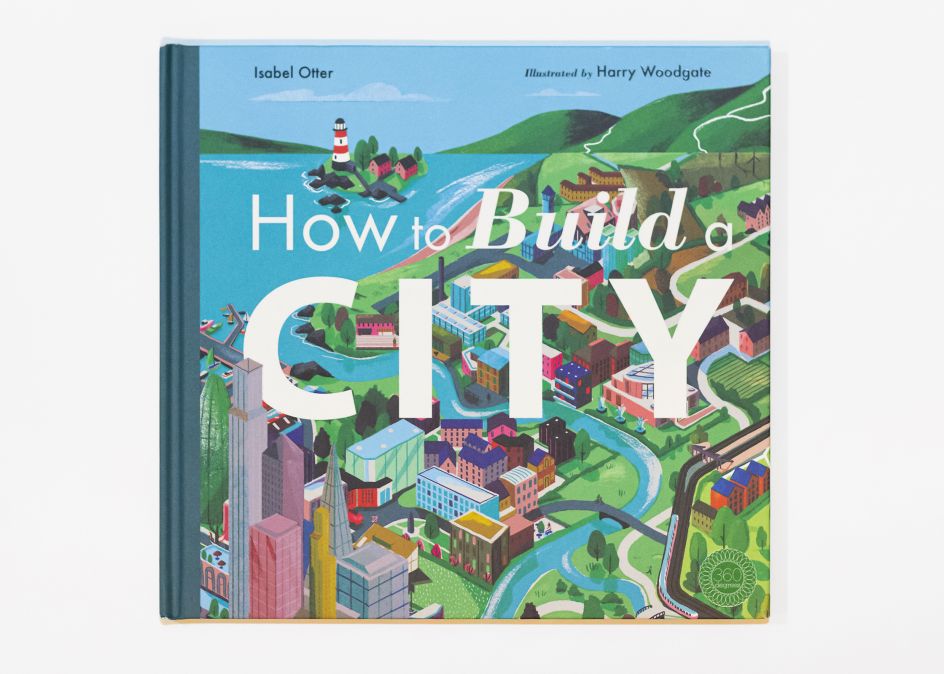
Harry Woodgate
Author or AD?
Let's move onto the best-case scenario now: you've got a website so good it's nabbed you an agent, and work so good it's landed you a dream illustration gig. The contract's signed and you're good to start working. But who will you be working with? The author? An AD?
"It does vary and depends on both the publisher and the author," Shruti tells Creative Boom. "From the publisher's side, the art director is most likely to be involved in feedback, but many authors do have a rough vision in mind."
"Even though the authors I have worked with have given me complete creative freedom, I have received specific art notes on pages that they were very attached to. You can discuss those with the author and give your input if you have a different direction in mind. Sometimes your vision can show the author possibilities that they might have never thought about."
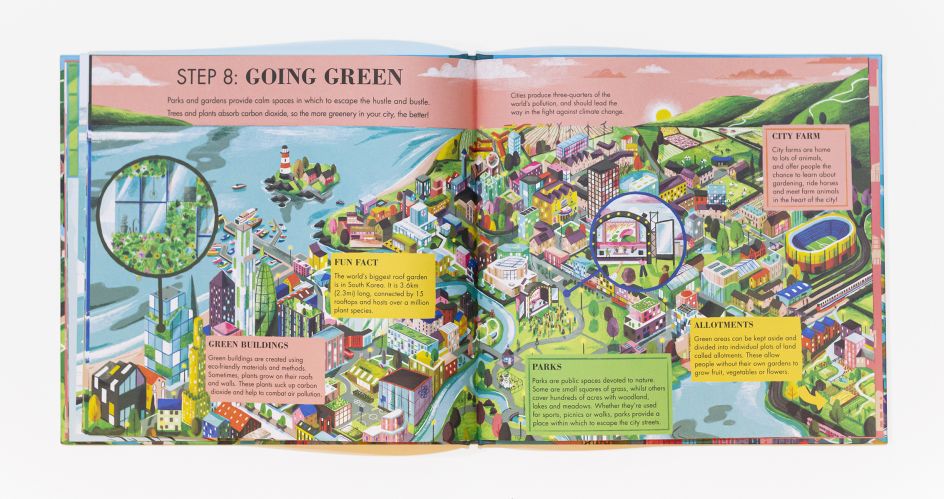
Shruti Prabhu
"Sometimes a publisher will have a very clear idea of what they want a book to look like, or the author might have written detailed illustration notes for you to consider," Harry agrees. "Other times it's quite open, and there's space to bring some really unique ideas to the story, and to create a second narrative that exists entirely within the illustrations and runs in parallel with the text."
"For the projects, I've worked on it's usually ended up being somewhere in between, and the finished book is a collaborative effort that couldn't have come about from any one person alone."

 for Creative Boom](https://www.creativeboom.com/upload/articles/06/063686a9a3b095b9b1f0e95df917ed4bd342be1b_732.jpg)



 using <a href="https://www.ohnotype.co/fonts/obviously" target="_blank">Obviously</a> by Oh No Type Co., Art Director, Brand & Creative—Spotify](https://www.creativeboom.com/upload/articles/6e/6ed31eddc26fa563f213fc76d6993dab9231ffe4_732.jpg)
 by Tüpokompanii](https://www.creativeboom.com/upload/articles/58/58684538770fb5b428dc1882f7a732f153500153_732.jpg)









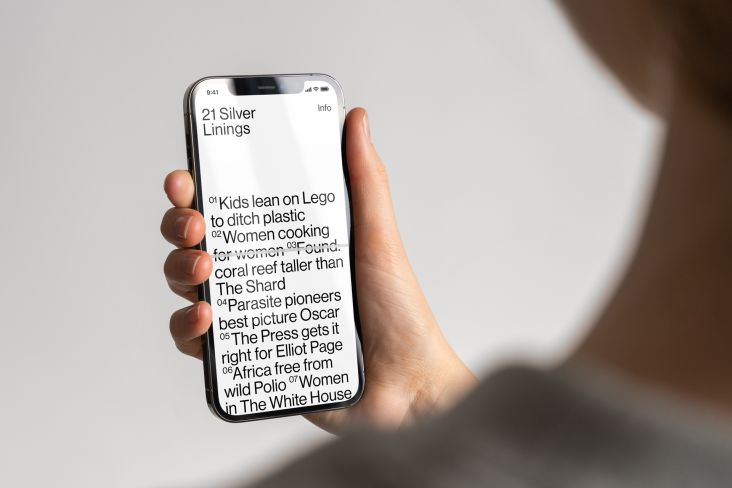
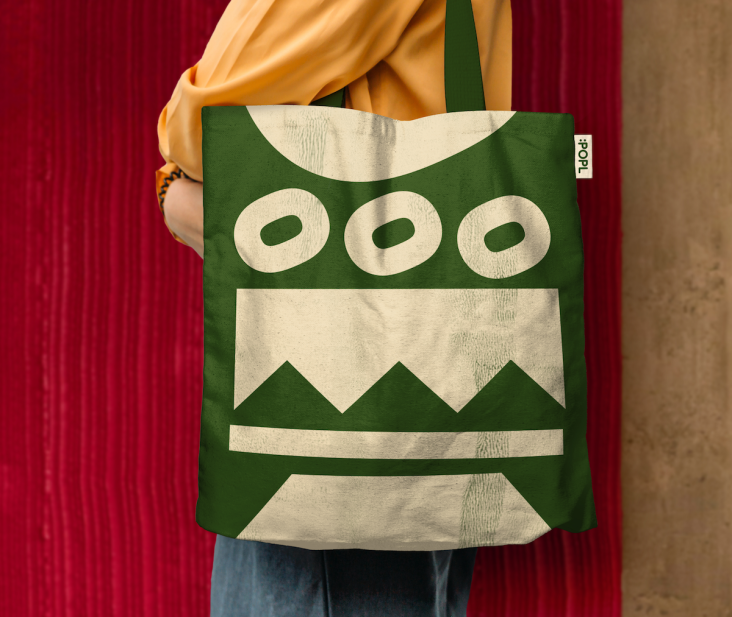
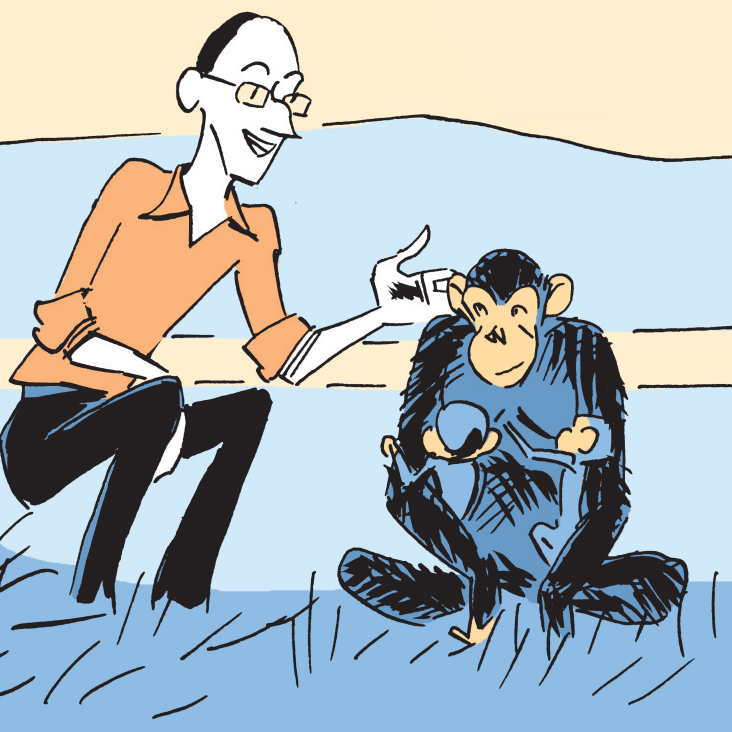


 for Creative Boom. © Creative Boom](https://www.creativeboom.com/upload/articles/e1/e16a85f36de706c38c468aa40d512f6f6140c0b2_732.png)
